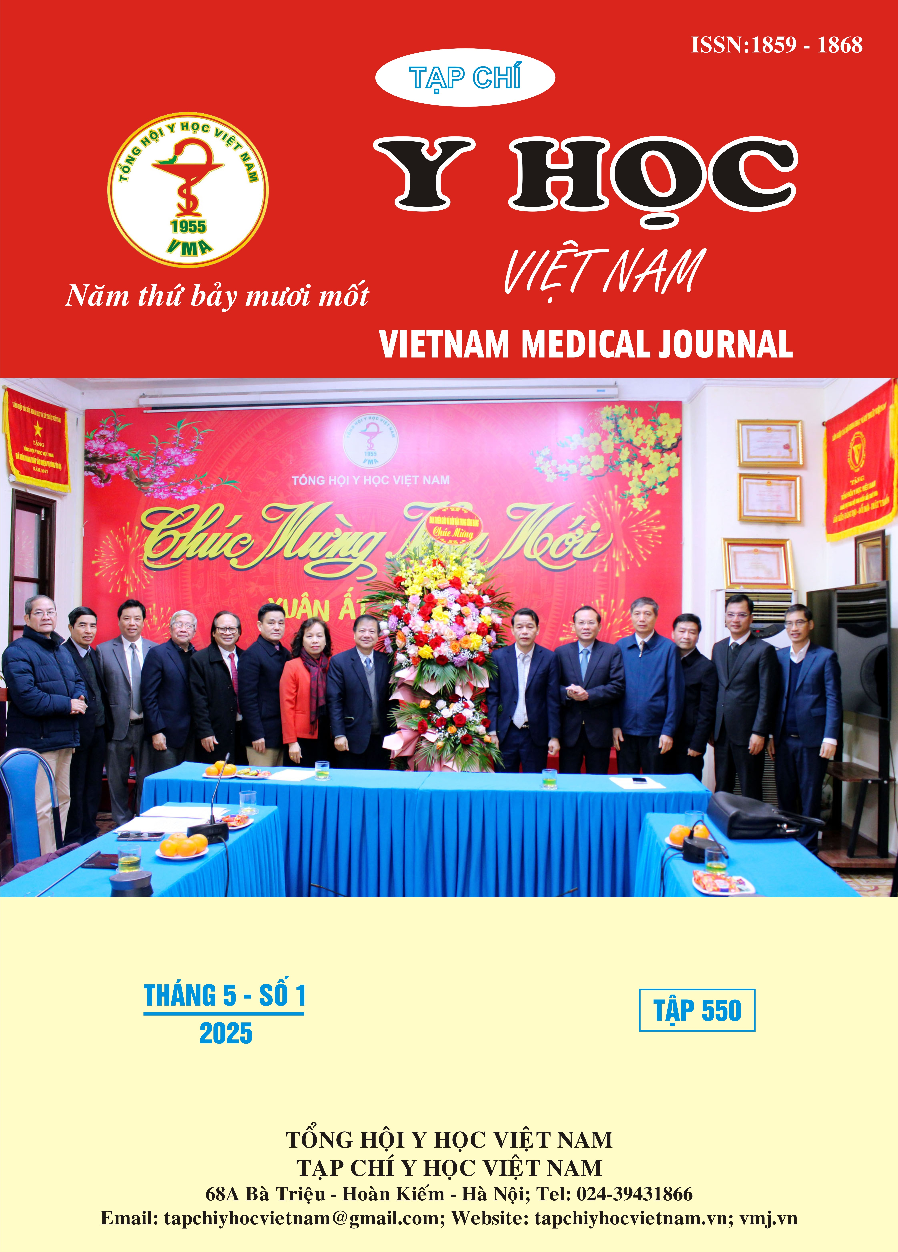ANDROGEN INSENSITIVITY SYNDROME: CLINICAL CASE REPORT AND LITERATURE REVIEW
Main Article Content
Abstract
Androgen insensitivity syndrome (AIS) is a condition caused by mutation of the gen AR that is located on the proximal long arm of the X chromosome, inheritance is typically maternal and follows an X-linked recessive pattern. It results in the partial or complete inability of the cell to respond to androgens which impairs or prevents the masculinization of male genitalia in the developing fetus [1,2]. AIS is a rare condition, with an estimated incidence of 1/20.000 to 1/64.000 male births [3]. AIS is divided into two categories depending on the degree of genital masculinization: Complete Androgen Insensitivity Syndrome (CAIS) and Partial Androgen Insensitivity Syndrome (PAIS). Diagnosis is based on karyotype. Treatment involves surgery and hormone replacement therapy according to the specific type, and psychological support is also a critical component of patient care [3,4]. Due to its rarity and the need for specific diagnostic tests, the diagnosis and management of individuals with AIS present a significant challenge for doctors. Clinical case report: We report a clinical case of a patient with Androgen Insensitivity Syndrome, intra-abdominal testicular cancer diagnosed and operated at K hospital. Discuss: In this report, we discuss the clinical characteristics and treatment approaches for Androgen Insensitivity Syndrome. Conclusions: Androgen Insensitivity Syndrome is extremely rare, and the detection and management of these patients remain challenging. Diagnosis and classification are primarily based on karyotyping and clinical findings. Treatment requires a harmonious combination of surgery, psychological support for the patient, and hormone replacement therapy, depending on the classification.
Article Details
References
2. Brown CJ, Goss SJ, Lubahn DB, Joseph DR, Wilson EM, French FS, và c.s. Androgen receptor locus on the human X chromosome: regional localization to Xq11-12 and description of a DNA polymorphism. Am J Hum Genet. 1989;44(2):264–9.
3. Mendoza N, Rodriguez-Alcalá C, Motos MA, Salamanca A. Androgen Insensitivity Syndrome: An Update on the Management of Adolescents and Young People. Journal of Pediatric and Adolescent Gynecology. 2017;30(1):2–8.
4. Singh S, Ilyayeva S. Androgen Insensitivity Syndrome. Trong: StatPearls [Internet] [Internet]. StatPearls Publishing; 2023 [cited 2024]. Available at: https://www.ncbi.nlm. nih.gov/books/NBK542206/
5. Melo KFS, Mendonça BB, Billerbeck AEC, Costa EMF, Latronico AC, Arnhold IJP. [Androgen insensitivity syndrome: clinical, hormonal and molecular analysis of 33 cases]. Arq Bras Endocrinol Metabol. i 2005;49(1):87–97.
6. Batista RL, Costa EMF, Rodrigues A de S, Gomes NL, Faria JA, Nishi MY, và c.s. Androgen insensitivity syndrome: a review. Arch Endocrinol Metab. 2018;62(2):227–35.
7. Oakes MB, Eyvazzadeh AD, Quint E, Smith YR. Complete androgen insensitivity syndrome--a review. J Pediatr Adolesc Gynecol. 2008;21(6):305–10.
8. Scielo, Heliwell T, Jones AS. Androgen insensitivity syndrome: a review Androgen insensitivity syndrome: a review .2024. Clin Otolaryngol. 2005;30(4):364–7.


